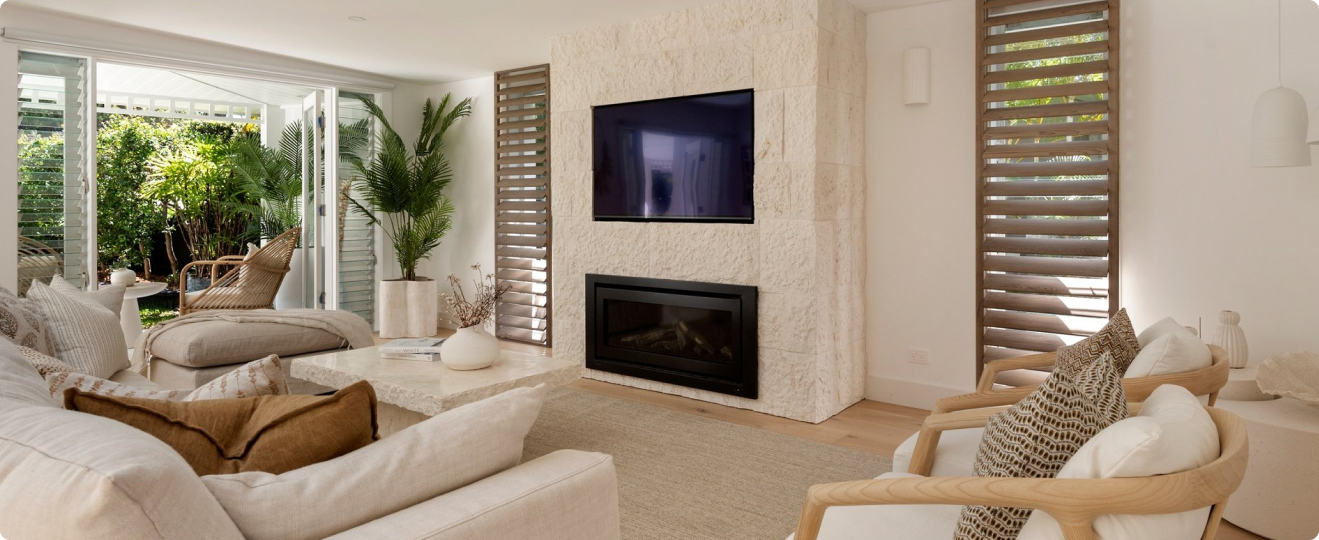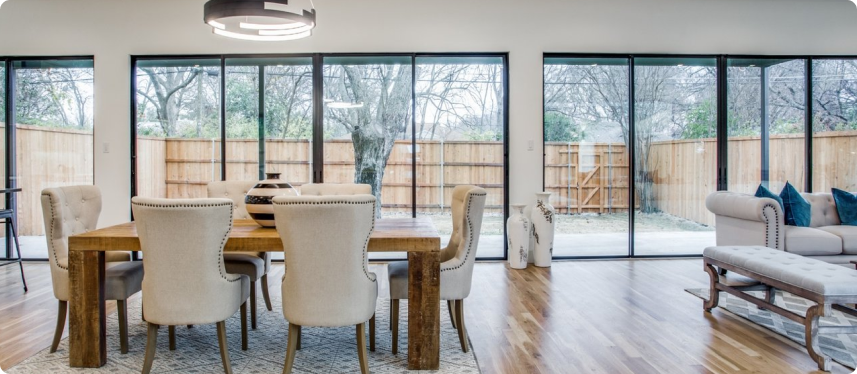

The Story Behind the Writer
David Anderson is a skilled ADU designer with years of experience in the construction industry. He specializes in creating custom ADUs that provide homeowners with the perfect balance of comfort, style, and functionality.
Understanding SB13
SB13, the Junior ADU Law, was signed into law in 2022. It is a significant step toward easing the housing shortage and creating more inclusive communities. The law allows homeowners to build an additional small dwelling unit within the existing footprint of their single-family homes.

| Aspect | Accessory Dwelling Unit (ADU) | Junior Accessory Dwelling Unit (JDU) |
| Size Limitations | Maximum size typically ranges from 800 to 1,200 square feet, depending on local regulations and lot size. | Maximum size is typically 500 square feet or 30% of the existing home’s size, whichever is smaller. |
| Construction | Can be newly constructed or converted from existing space, such as a garage or basement. | Converting a section of an existing single-family home, like a bedroom or part of a living area. |
| Parking Requirements | One additional parking space is required, but exemptions may apply based on proximity to public transit or lot size. | Exempt from parking requirements if the property is within a certain distance from public transit. |
| Building Permits | Must be obtained for construction. | Must be obtained for the conversion process |
| Independence and Privacy | Offer a fully independent living space with separate amenities and facilities. | Shares some amenities, such as the main entrance and yard. |
| Cost and Affordability | More costly due to larger size and additional amenities. | More cost-effective compared to ADUs due to smaller size. |
| Flexibility and Use | It can be used as a rental unit, in-law suite, guesthouse, or home office. | Often used for multigenerational living and rental income generation. |
| Applicability | Suitable for larger properties with more available space. | Ideal for properties with limited space. |
The Advantages of Junior ADUs
Here are some key advantages of Junior Accessory Dwelling Units (ADUs) that make them a compelling choice for homeowners and communities alike:
Affordable Housing Solution
With skyrocketing housing costs and limited available units, JADUs offer homeowners the opportunity to generate additional income by renting out the space. Simultaneously, renters can benefit from more affordable rental options within established residential neighborhoods.
Facilitating Multigenerational Living
JADUs are ideal for multigenerational living arrangements. By creating separate living spaces within the same property, families can accommodate elderly parents, adult children, or other relatives while ensuring privacy and independence.
Promoting Sustainable Development
Rather than constructing new units, homeowners can repurpose existing bedrooms, minimizing the environmental impact of new construction. Additionally, JADUs help densify established neighborhoods, reduce urban sprawl, and maximize the utilization of existing infrastructure.
Eligibility and Requirements for Junior ADUs
To ensure successful implementation, SB13 provides guidelines and regulations that homeowners must follow when creating Junior ADUs.
Size Limitations
Under SB13, Junior ADUs are subject to size limitations. They should not exceed 500 square feet or 30% of the existing home’s size, whichever is smaller. This requirement ensures that Junior ADUs are appropriately scaled and integrated within the existing property.
Parking Requirements
Parking is not required for the Junior ADU if the property is within a 1/2 mile of public transit. Otherwise, one parking space must be provided.
Building Permits
Homeowners must obtain the necessary building permits and approvals from local authorities before constructing a Junior ADU.
Homeowner Occupancy
To be eligible for a JADU, the homeowner must reside on the property. This requirement ensures that JADUs are not used for speculative investment purposes but instead contribute to the intended goal of providing affordable housing options.
Local Regulations
While California has passed legislation enabling JADUs, it’s important to note that local jurisdictions may have additional regulations and guidelines. At ADU Specialist Bay Area, we can help you with specific requirements, such as setbacks and design standards.
Owner Consent and HOA Regulations
The SB13 law prevents homeowner associations (HOAs) from unreasonably withholding consent for creating JADUs. However, HOAs may still establish reasonable restrictions and architectural guidelines to maintain the overall aesthetic and harmony of the community.
Let Us Help You Navigate the Junior ADU Law
Don’t let the complexities of ADU regulations and construction hold you back. Bay Area ADU company guides you every step of the way. Our team of seasoned professionals specializes in ADU design, construction, permitting, and project management.
FAQs
SB13, also known as the Junior Accessory Dwelling Unit Law, is legislation specific to California that allows homeowners to create smaller ADUs on their properties.
Acquiring building permits for a Junior ADU can involve a process that varies depending on your area’s jurisdiction and specific requirements. While it may not always be considered “hard,” it does require adherence to local regulations and thorough preparation.
Yes! Whether you want to accommodate aging parents, provide a private space for adult children, or create a separate home office or studio, a Junior ADU offers the flexibility and privacy required for harmonious multigenerational living arrangements.
The requirements for lot size and zoning vary depending on your local jurisdiction. However, SB13 has eased some restrictions, allowing more properties to qualify for Junior ADUs.
Specific requirements may include minimum and maximum unit sizes, height restrictions, parking provisions, and utility connections.
The space size and budget should be considered when deciding between an ADU (Accessory Dwelling Unit) and a JADU (Junior Accessory Dwelling Unit).